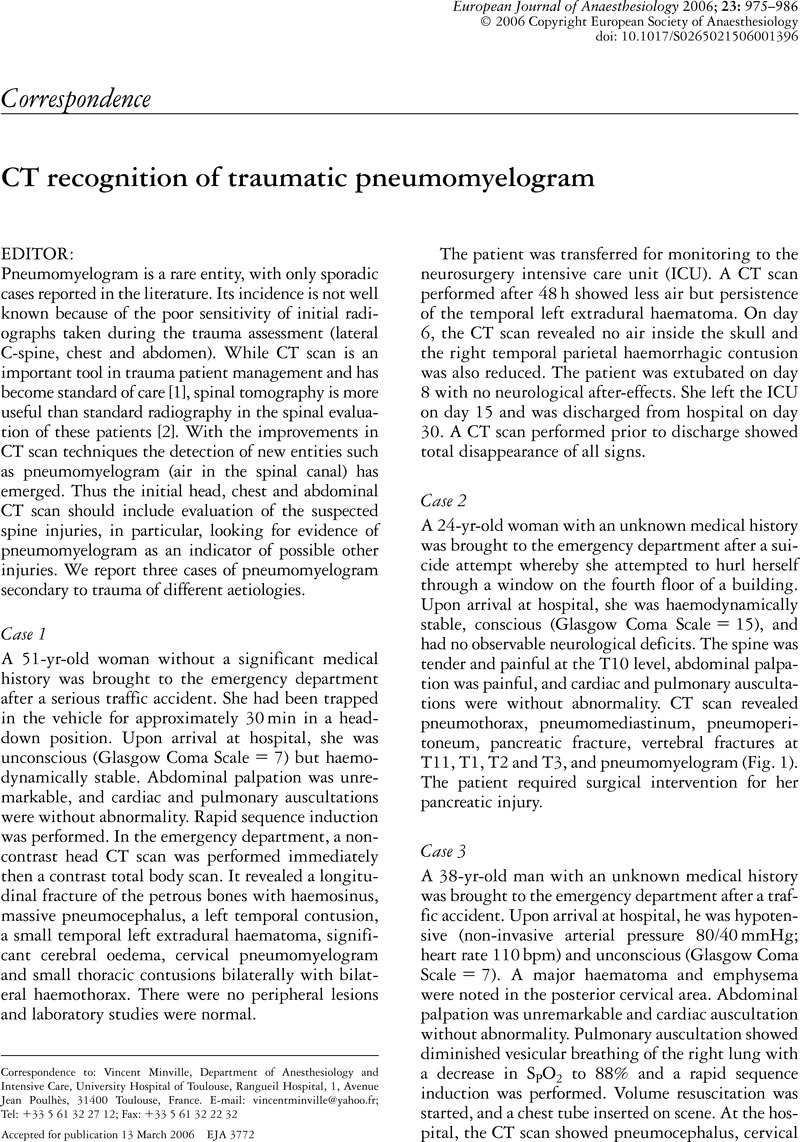Crossref Citations
This article has been cited by the following publications. This list is generated based on data provided by Crossref.
Rodríguez Navarro, Maria Angeles
González Valverde, Francisco Miguel
Redondo Carazo, Maria Victoria
Pérez Moreno, Jose A
García Muñoz, Martín
Castillo, Jesus Alonso
and
Marcos, Mayo Saturno
2013.
Epidural catheter migration and extra-spinal drug delivery: a possible cause of inflammation and/or infection.
journal of Anesthesiology and Clinical Science,
Vol. 2,
Issue. 1,
p.
11.



